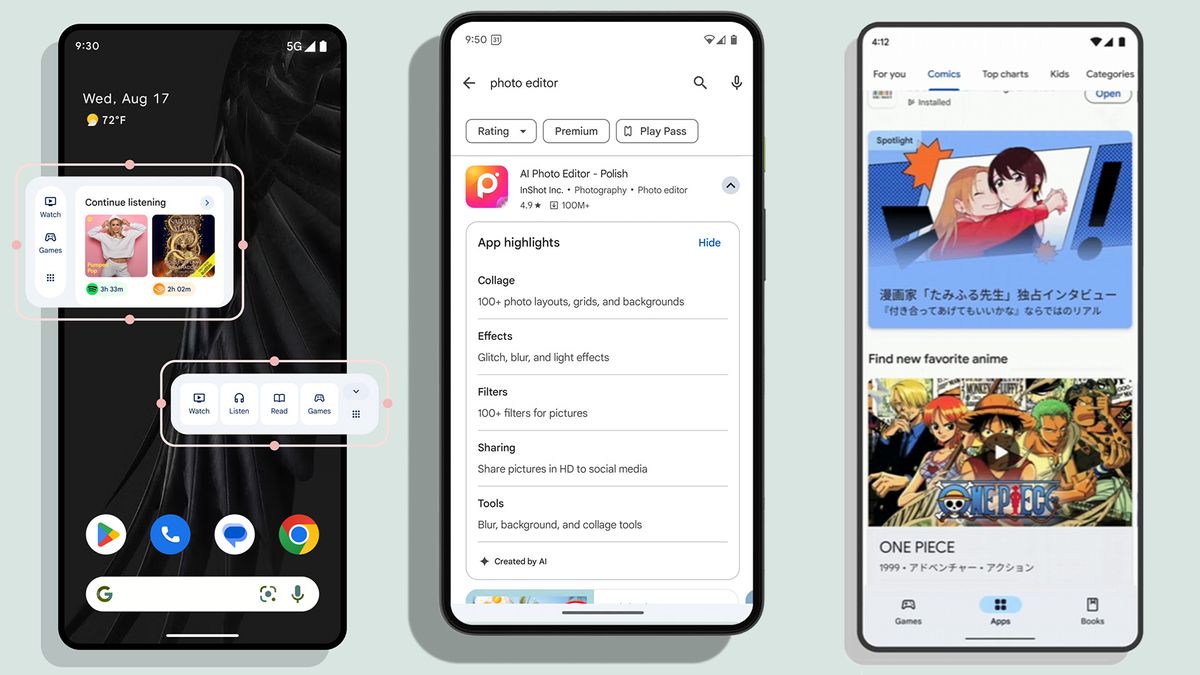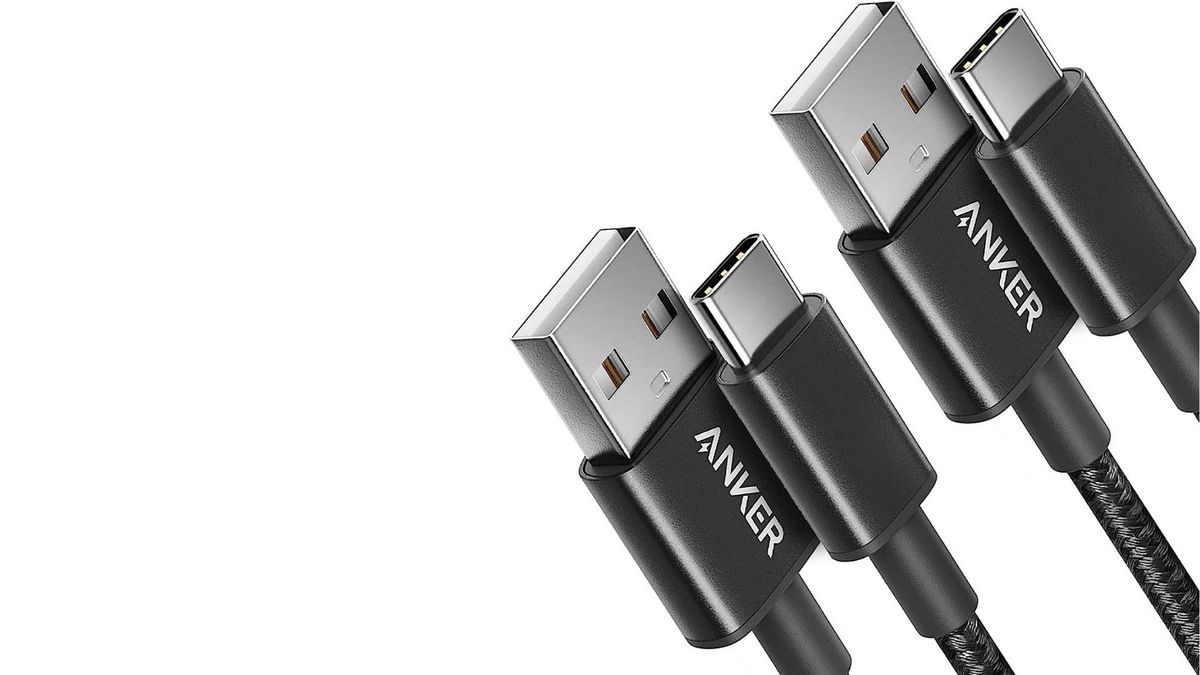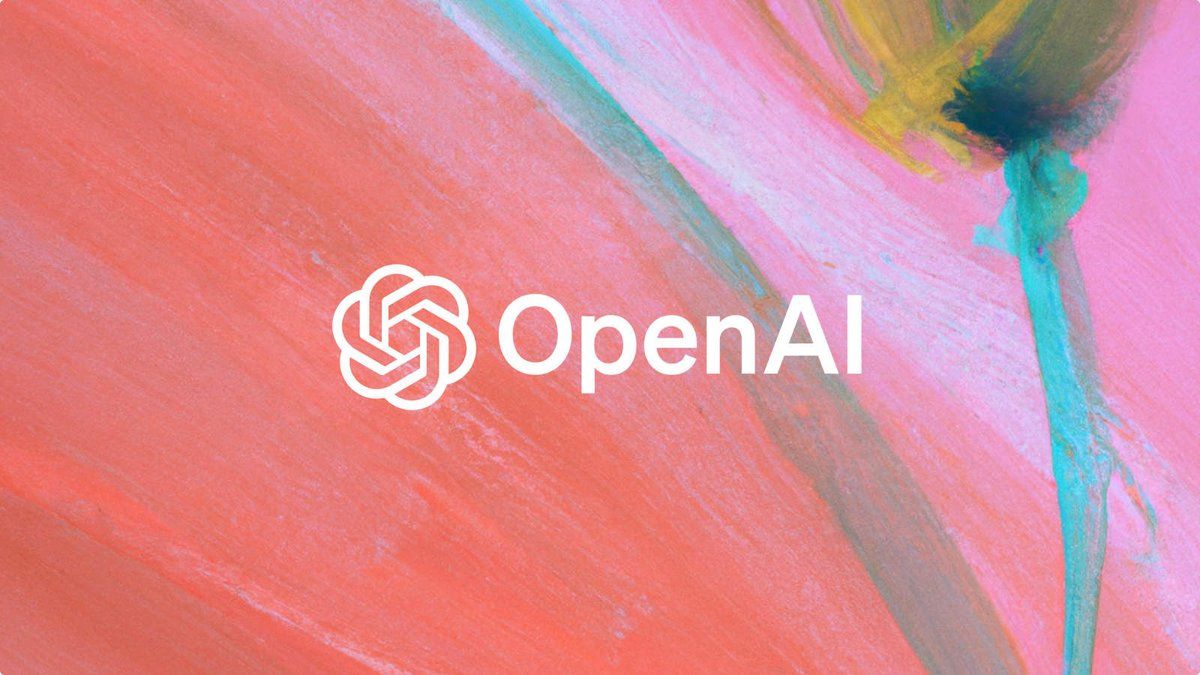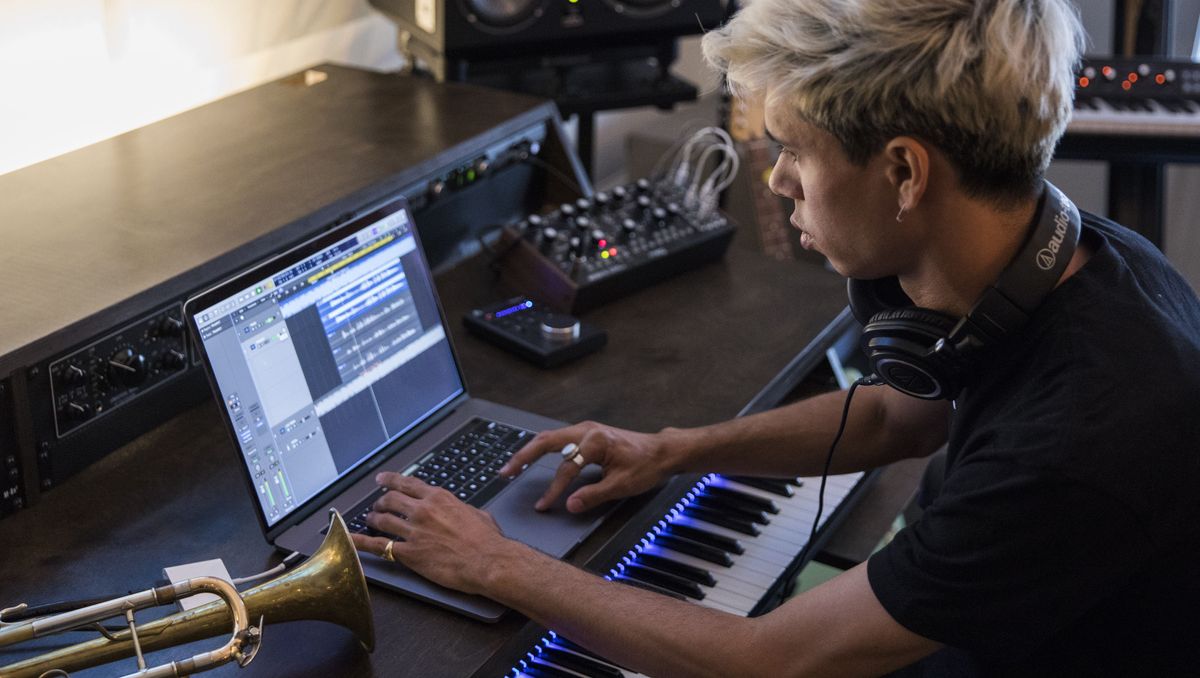In today’s digital age, the line between personal and professional technology – and indeed our own personal and professional lives – is becoming increasingly blurred. Employees are no longer willing to settle for clunky, outdated business tools when they’re used to sleek, easy-to-use consumer technology in their everyday lives. As a result, business-to-business (B2B) applications are adapting to replicate business-to-consumer (B2C) models in their look and feel.
As communication becomes more tap-based, swipe-based, and flick-based, this shift in expectations means businesses must look to adopt technologies that feel more like the intuitive, engaging products consumers are used to. Here are three reasons why:
Chief Information Officer at HR, payroll and finance software provider MHR.
1. The modern employee is a digital native
Consumer technology is designed with the user in mind, focusing on simplicity, intuitiveness, and efficiency. There is no reason why enterprise technology should be any different. When employees use tools that reflect this level of user experience in their professional environment, they can increase productivity and job satisfaction.
In companies where technology mirrors the intuitive interfaces of consumer technology, employees are more likely to embrace and use it willingly. With the proliferation of hybrid work, which means most employees already use a variety of devices and platforms interchangeably, both personally and professionally, replicating a similar experience across work channels will make the digital transformation process much more seamless.
Apps like MileIQ, which tracks mileage, are already highlighting the value of having a consumer experience both at home and at work. At the end of a given time period, a user can view all trips and swipe right to see business mileage and left to see personal mileage, in an experience reminiscent of Tinder and other dating apps.
2. Companies want employees to use their technology
One of the biggest challenges businesses face when implementing new technologies is adoption. Employees often resist change, especially when new tools are complicated or difficult to use. However, enterprise applications with familiar features and interfaces can help overcome this resistance.
A seamless user experience reduces the learning curve, allowing employees to quickly adapt to new tools and processes. This, in turn, reduces training costs and reduces the friction that arises from integrating new technologies into daily workflows, leading to a more positive and efficient work environment. Seamless end-to-end data setups can also speed up data entry and processing tasks, and can form the basis for a personalized experience for consumers or employees.
Communication is also often a sticking point in the digital workplace, as employers can find it difficult to control workflows. However, employees remain constantly connected in their personal lives, managing a seemingly endless stream of texts, notifications, and direct messages. Companies can greatly improve workplace communication by replicating communication methods outside of work. By playing on muscle memory to respond to personal notifications through technology and messaging apps, organizations can foster greater connections, facilitating collaboration and informing decision-making.
3. A good user experience can help retain talent
The modern employee expects the same level of convenience and functionality from their work tools as they do from their personal devices. However, functionality, while important, is only one piece of the puzzle; user experience plays an equally important role in B2B technology. Employees want to be able to access information easily, collaborate with colleagues seamlessly, and accomplish tasks efficiently, regardless of whether they are in the office or working remotely.
Companies that fail to meet these expectations risk losing talent to competitors who offer a more modern, user-friendly work environment. Just like consumer apps that want to increase user numbers to drive advertising or shopping revenue, companies want to increase user numbers to improve efficiency and productivity and get a return on their investment. By investing in technology that resembles consumer technology, companies can attract and retain top talent, keeping employees engaged and motivated, particularly when these advancements are implemented holistically to provide learning, development and training, along with workflow management.
Ultimately, the need for enterprise technology to be perceived as consumer technology is more than a trend – it is a necessity for success in today’s competitive landscape. By prioritizing user experience, increasing adoption rates, driving innovation, and meeting employee expectations, companies can create a more productive, efficient, and enjoyable work environment.
We list the best project management software.
This article was produced as part of TechRadarPro's Expert Insights channel, where we showcase the brightest and brightest minds in the tech industry today. The views expressed here are those of the author, and not necessarily those of TechRadarPro or Future plc. If you're interested in contributing, find out more here:









